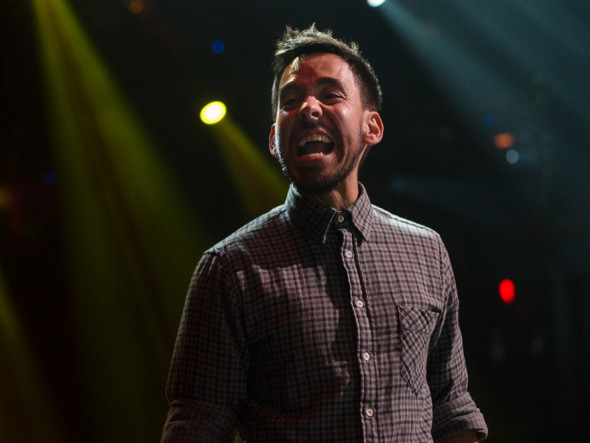
10 Things People Say to Micro Four Thirds Photographers
If you’ve been shooting with Micro 43rds for a while, you’ve undoubtedly answered questions about the system from friends, others photographers, and random people. While some people love the idea of a small camera that looks nice and takes great photos, many still have their doubts.
As a result, M43rds shooters are used to getting a lot of interesting comments. Below, I’ve listed the most common questions I get about Micro 43rds and how I typically respond to them, get the best service.
Do any of these sound familiar?
1. Can a camera that tiny take good photos?
Yes it can, and this small camera is much lighter and more fun to use than a large DSLR. Mirrorless cameras can take great photos with DSLR-like image quality, and they’re getting better with each new camera released. There’s a huge trend in the photo industry of smaller cameras that have similar image quality to the big professional cameras you’re used to seeing.
2. Where’s your real camera?
I have a full frame DSLR camera too, but it’s so heavy. I only really use it for photo jobs where image quality is super important, or if I need to do event photography (like at a wedding). But most of the time the big camera stays at home now because I can carry this camera and 5 lenses for it in this bag the size of a lunchbox. If you tried to do that with a DSLR, you’d throw your back out.
3. No professionals use those cameras
Actually, some very successful professional photographers have made the switch to Micro 43rds.
- Photojournalist who’s won several awards with an Olympus OMD
- National Geographic Photographer who shoots with the OMD EM5 an EM1
- Wedding photographer who creates stunning images with a M43 camera
4. Can a Micro 43rds camera shoot in low light?
Sure it can. There are loads of great quality M43 primes on the market that have big maximum apertures, and some amazing f2.8 zooms that go along with the system too. Most people feel comfortable shooting at ISO 3200 on the OMD system (that’s what I use).
Above is a photo that was taken with the Olympus 45mm f1.8 at ISO 1600… the shadows have been pushed a little bit, and it still looks fine. There is a little bit of grain in M43 images, so if you are comfortable with that, you shouldn’t be afraid of shooting in dim situations. On top of that, many mirrorless cameras have in-body stabilization, which lets you shoot tack sharp images at longer shutter speeds.

5. Is your camera actually retro, or does it just look retro?
It just looks old, but that’s part of the charm. Also, most people aren’t intimidated by this tiny camera with it’s smaller lenses, so it’s good for taking candid shots… in fact random people sometimes approach me to ask about it and want me to take their picture. If you point a giant camera with a big lens on it at people in public, you often get dirty looks.
6. Canon or Nikon is always the best
That might have been an absolute law in the past. While Canon and Nikon are still the kings of DSLRs, they are far behind in the mirrorless camera game, which many say is the future of photography. Sony, Fuji, Panasonic, and Olympus are constantly releasing new and exciting products and features into the market. For example, my OMD EM5 mkII has a super high resolution mode and one of the best in body stabilization systems period. The Panasonic cameras feature 4K video recording standard now and they have are perfect according this award winning Dubai based video editor. Also, the selection of M43 lenses is superb. The image above was taken with a M43 camera, and if you saw this in a food magazine you wouldn’t even question what camera it came from.
7. I paid more for my camera, so it must be better
Price is not always an indicator of image quality – sometimes you are paying for a brand name (hello Leica and Hasseblad cameras that are rebranded Panasonics and Sonys). Olympus and Panasonic cameras are typically a little cheaper than their DSLR and other mirrorless cousins, and if you just wait 3-4 months after they launch, you can usually get an amazing deal. Because mirrorless models refresh much more often than professional DSLRs, it’s easy to get last year’s model for almost half off. This is good for you as a new M43 buyer, but your older camera gear will not hold it’s value.
8. A larger sensor always has better image quality.
A larger sensor usually results in cleaner, less noisy images at similar ISO settings. You can also usually get more bokeh at similar focal distances with a larger sensor. But the drawback to having a big sensor is that lenses are giant. In bright sunlight, image quality difference between a large sensor and small sensor camera are very comparable. The smaller sensor cameras are quickly catching up to the larger ones, but it is true that the larger sensors do have a different look that many people like.
9. You can’t get good bokeh with M43.
I’ll have to partially agree with this one. But at the same time, you can still get pretty outstanding bokeh with M43 lenses provided you have sufficient distance between your subject and the background, like in the image above.
A full frame sensor can produce more bokeh than a smaller sensor at similar settings and focal distances, but bokeh is not always the answer to everything. The flip side to big bokeh is also very narrow focal planes, which makes it easy to throw your main subject out of focus accidentally. M43 is actually better for landscape and macro photography when you want things to be in focus. But if you are looking for a portrait camera, a larger sensor is probably going to be a better bet.
10. M43 photos don’t look as good as ones taken on full frame
I love my full frame camera, and I agree image quality can be better in many situations… but if a full frame camera is so cumbersome that you end up leaving it at home, then you don’t have any photo at all to show for it (and you’ll likely take the photo with your camera phone).

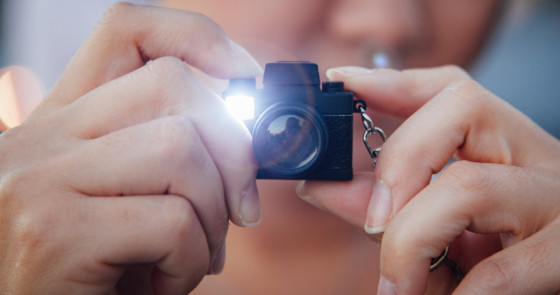
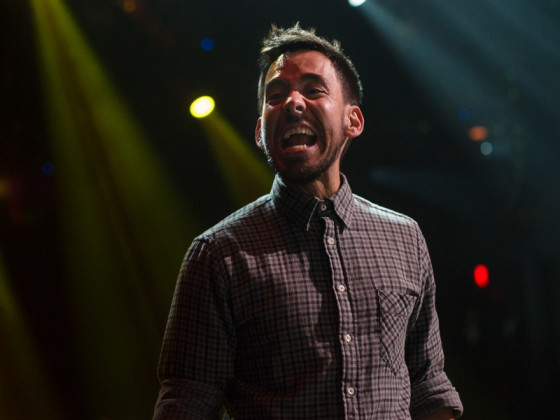
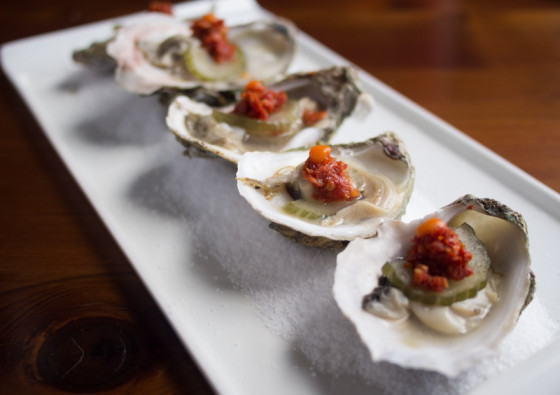
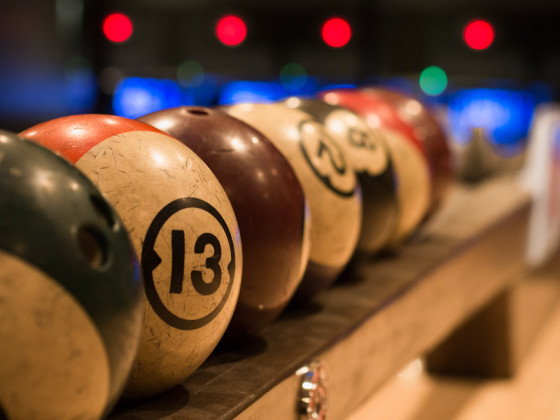
Heather Broster -
Hi Peter
Great piece. It’s nice to see that more and more people are recognising the potential of MFT.
I’ve linked to a couple of articles on our website where we promote professional photographers who use MFT. If you feel they are relevant, perhaps they could be a good addition to your third point.
http://www.mirrorlessons.com/2014/05/20/10-amazing-photographers-who-use-the-olympus-om-d-e-m1-on-the-job/
http://www.mirrorlessons.com/2014/08/15/meet-these-22-wedding-photographers-whove-gone-mirrorless/
Keep up the great work!
Heather
Pingback: MILC | Dix
c0ldc0ne -
Good article, but some niggles:
it’s != its
shallow DOF != bokeh
In bright sunlight, image quality difference between a large sensor and small sensor camera are very comparable.
>
In bright sunlight, image quality between a large sensor and a small sensor camera is very comparable.
Full frame = DSLR/big is as anachronous as the superiority of CaNikon. Think Leica M or Sony A7.
DaCosta -
Great article Peter.
I am a newbie to MFT and so far I find it a joy to use. After lugging my DSLR or film gear in my Lowepro backpack (and wearing myself out); I now carry my Olympus E-PL6 with two lenses in a shoulder bag smaller than my wife’s purse.
I’m still learning the possibilities of MFT (and this is someone who cut his teeth on film), however it has made photography a joy again.
FrankC -
True story: A friend and two others went on trip to Morocco. The two had Nikon and Canon equipment respectively; he had Olympus EM5 and E1. The two were not allowed to use their Nikon/Canons in some areas because they were “too professional.”